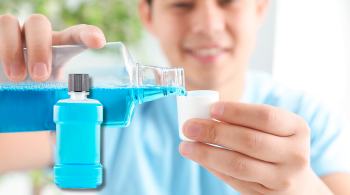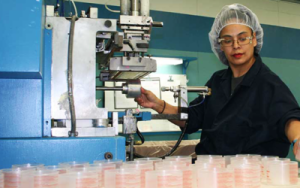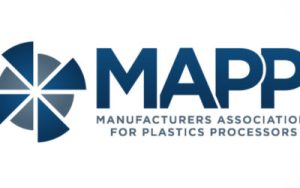
Plastic dosage caps are an essential component in many industries, especially in pharmaceuticals, cosmetics and household products. They ensure accurate measurement and dispensing of liquids, which is crucial for both safety and convenience. Whether you’re looking to design, produce, or sell plastic dosage caps, this guide will walk you through the process, highlighting key considerations and best practices.
Understanding the Market Demand for Plastic Dosage Caps
The demand for plastic dosage caps is driven by the need for precise and convenient dispensing solutions. In industries like pharmaceuticals, where dosing accuracy is critical, the right cap can make a significant difference. Additionally, consumer products such as detergents, shampoos and cooking oils benefit from dosage caps by offering an added layer of user-friendliness.
Market Trends
- Sustainability: Consumers and manufacturers are increasingly seeking eco-friendly materials and designs that reduce plastic waste.
- Customization: Brands are looking for unique designs that differentiate their products on the shelves.
- Regulatory Compliance: Particularly in the pharmaceutical industry, compliance with safety standards and regulations is crucial.
Designing Plastic Dosage Caps
The design phase is critical as it determines the functionality, aesthetics and manufacturability of the dosage cap.
Key Design Considerations
- Material Selection: Choose materials that are durable, safe and compatible with the product being dispensed. Common choices include polyethylene (PE) and polypropylene (PP).
- Ergonomics: Ensure that the cap is easy to use and comfortable for consumers. The design should accommodate various hand sizes and strengths.
- Precision: The cap must deliver an accurate dose every time. This involves precise engineering and testing to avoid under or over-dispensing.
- Compatibility: The cap should fit securely with the bottle or container, ensuring a tight seal to prevent leaks.
- Aesthetics: Design the cap to align with the brand’s identity. This could include color, texture and overall shape.
Prototyping and Testing
Before full-scale production, it’s essential to create prototypes and test them under various conditions. Testing should include:
- Leak tests
- Durability tests
- Compatibility tests with different bottle materials and designs
Production of Plastic Dosage Caps
Once the design is finalized, the next step is production. This phase involves selecting the right manufacturing process and ensuring quality control.
Manufacturing Processes
Injection Molding is the most common method for producing plastic dosage caps. It allows for high precision and is cost-effective for large-scale production.
Quality Control
Implementing strict quality control measures is crucial to ensure that each cap meets the required standards. This includes:
- Dimensional accuracy
- Material consistency
- Performance testing (e.g., sealing capability, dosage accuracy)
Sustainability in Production
Consider using recycled or bio-based plastics to reduce the environmental impact. Implementing energy-efficient manufacturing processes can also contribute to sustainability goals.
The design, production and sales of plastic dosage caps require careful planning and execution. By understanding market demands, focusing on quality and implementing effective marketing strategies, you can position your business for success in this competitive industry.







